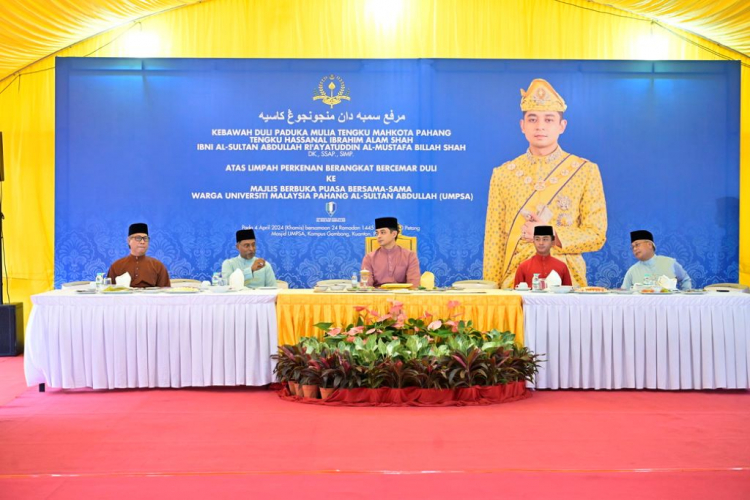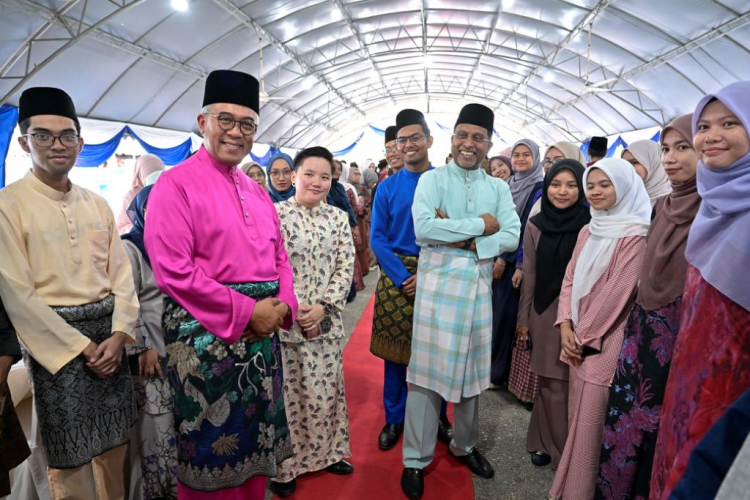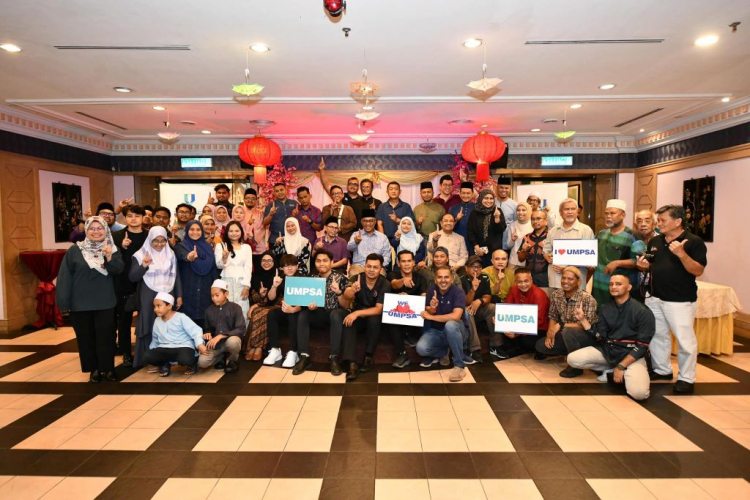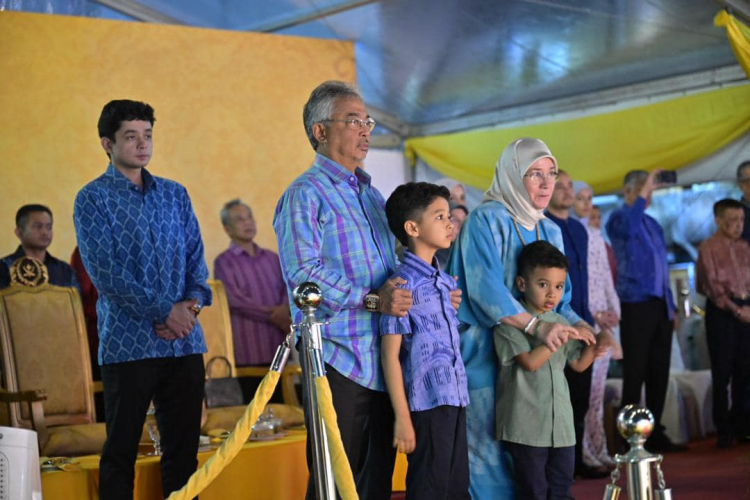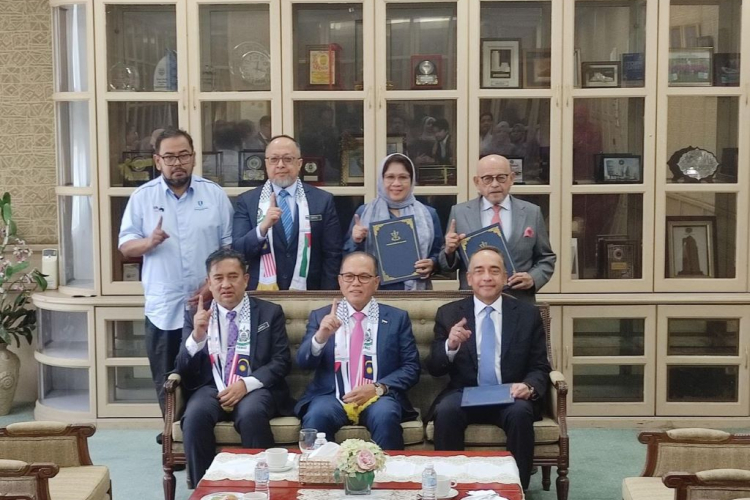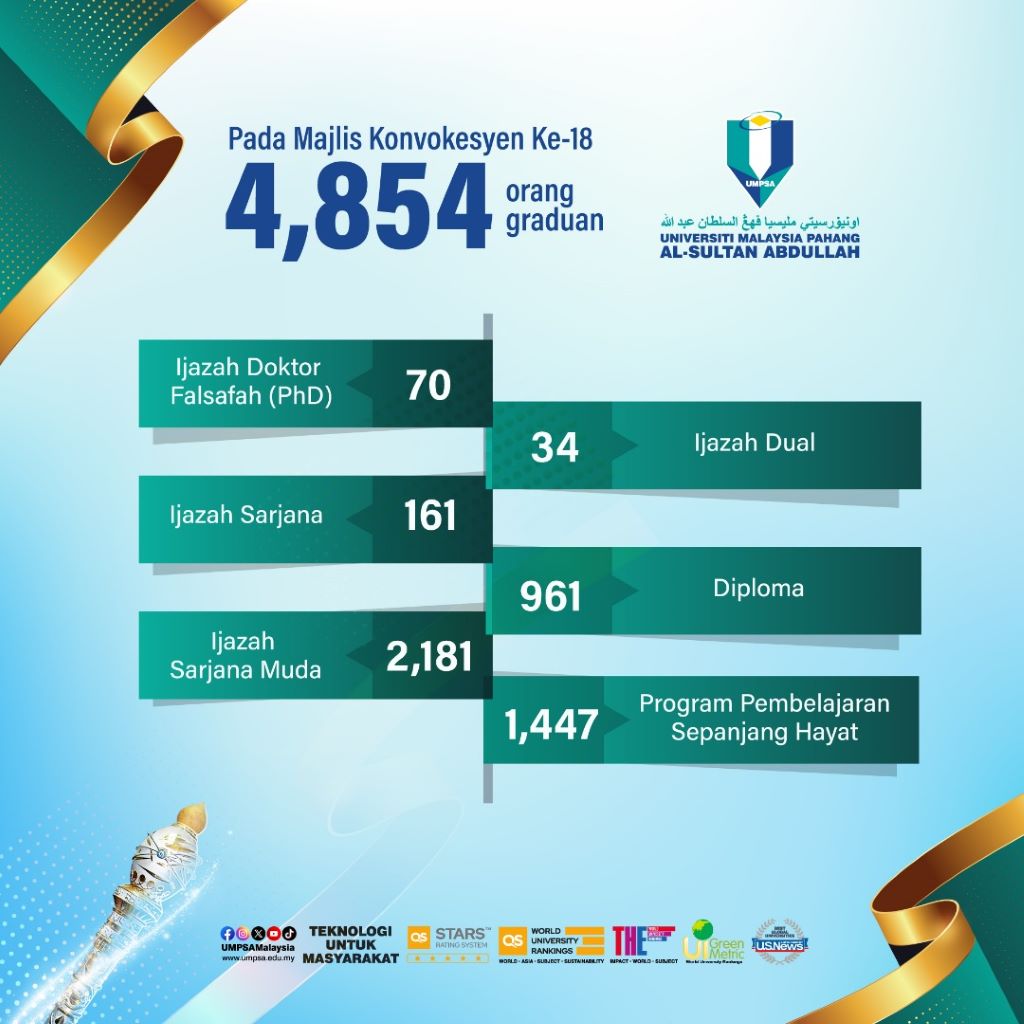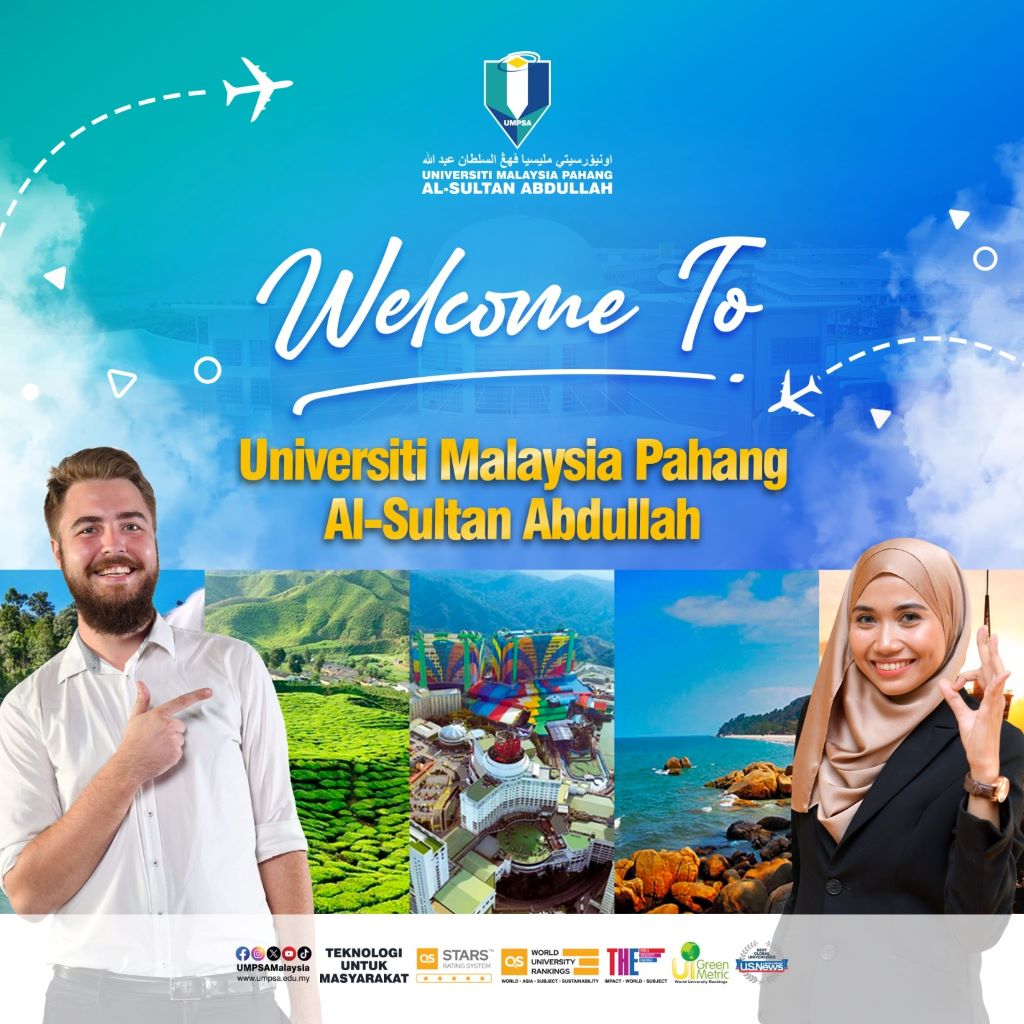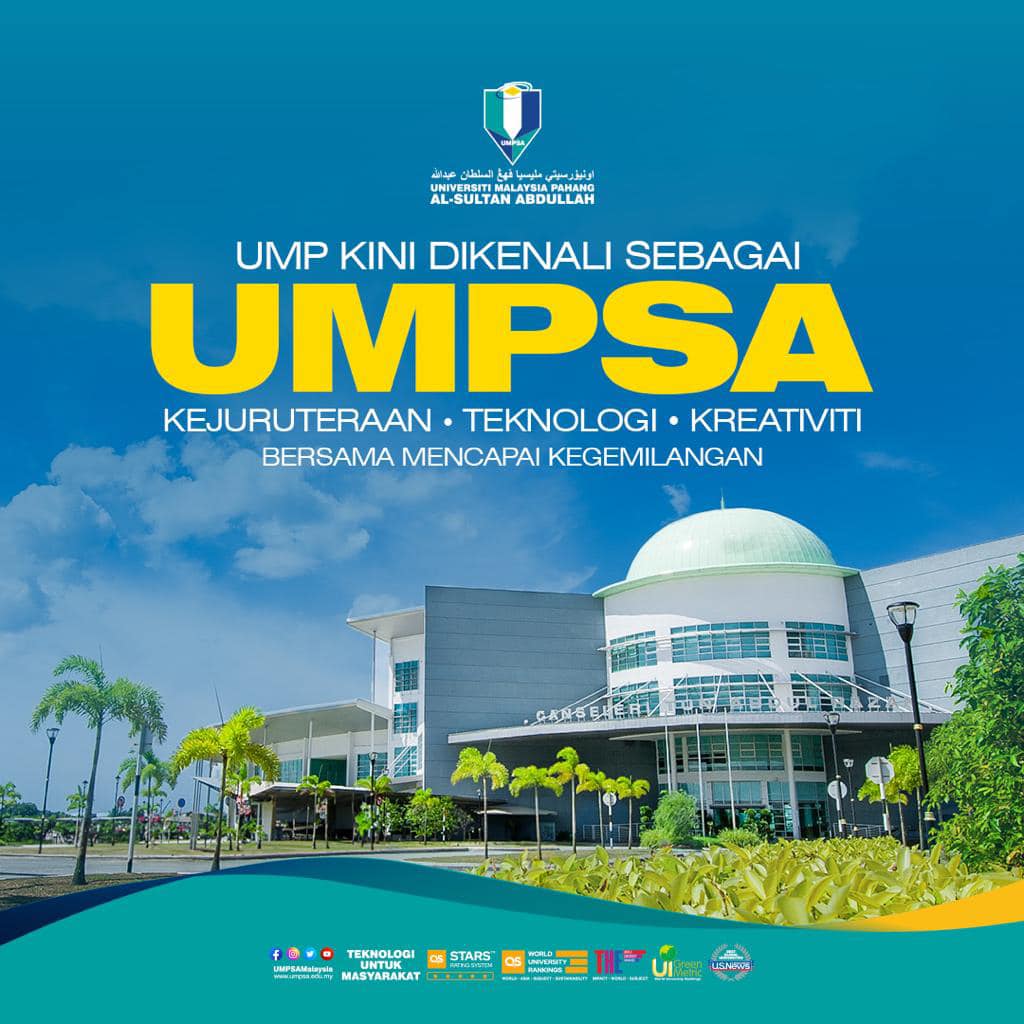Plant rare trees treasures for younger generation
PEKAN, 6 December 2021 - In an effort to increase campus greenery and continue the university’s efforts to preserve a more sustainable campus environment, the Office of the Vice-Chancellor (PNC), Universiti Malaysia Pahang (UMP), recently took the initiative to implement the Sustainable Green Campus Initiative Tree Planting Programme in a special rare plants area spanning 5.3 acres located near the UMP Pekan lake.
Apart from rare trees, matag coconut trees are also planted around the UMP lake.
According to the Senior Deputy Registrar, PNC, Zainuddin Mat Hussin, the organisation of this programme was to support the efforts made by the university in conserving the environment and preserving the green campus environment of UMP.
“These rare fruit trees are increasingly threatened with extinction due to globalisation and rapid modernisation of the country, thus threatening its species.
“Even today’s young generation is negligent in these treasures.
“We not only plant trees but also have the opportunity to know the types of trees and monitor their growth.
“It is also a nostalgia for campus residents through the trees planted,” he said.
The programme received collaboration from the Centre for Property Management and Development (PPPH) and the UMP Operating Assistants Association.
For Senior Executive, PNC, Saharudin Ramli, apart from strengthening good relations with colleagues, this programme provided the opportunity to get to know rare trees such as canistel (kuning telur) and white mango (binjai) trees.
“These trees are rarely known to the public, but they are still found in Malaysia,” he said.
While for PPPH Manager Ernie Nurazlin Lizam, binjai fruits or its scientific name Mangifera caesia is among the rare fruits that are becoming less known and in demand.
“Binjai fruit differs in terms of size, skin colour and has a sweet, sour and creamy taste.
Besides Rimba Lestari, UMP forests have also begun to bear fruit since being planted several years ago.
Among the plants found in the UMP forests are durian, mango, sapodilla, honey jackfruit, soursop, and longan.
“Meanwhile, the rare fruit trees found on campus include velvet tamarind, tampoi, butterfruit and jentik-jentik fruits,” she said.
Meanwhile, for PNC General Assistant Muhammad Kairus Ibrahim, he was excited when he had the opportunity to plant matag coconut trees, which go viral due to their small size but can produce many fruits when planted in the right way.
“In the future, I hope to be given the opportunity to plant more trees,” he said.
The university is committed to executing the campus greenery initiatives involving tree planting zones, forest zones, and open areas grown with natural plants.
Currently, 27.5% of the area inside the campus has been gazetted as green zones.
UMP is also a partner in the Malaysia Sustainability University Network (MySUN) to strengthen the sustainability agenda across the country.
By: Mimi Rabita Abdul Wahit, Corporate Communications Unit, The Office of The Vice-Chancellor
Translation by: Dr. Rozaimi Abu Samah, Engineering College/Faculty of Chemical and Process Engineering Technology


 Reports by:
Reports by: 